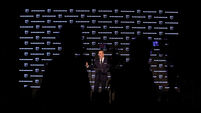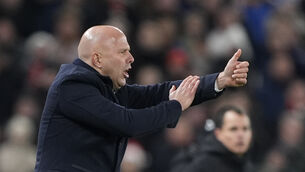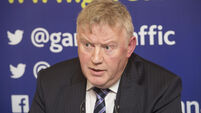Ireland’s problem is not resources

Meanwhile, next door, hundreds of local youngsters were also being put through their paces on the campus’ other state-of-the-art pitches — with different age groups of boys and girls receiving training from the federation’s qualified youth coaches.
It was an impressive sight — as is the entire ‘Football City’. The complex includes an indoor training facility, medical centre, media room, classrooms where youth coaches and referees sit their exams, plush administrative offices and residential accommodation for senior and youth international players.














